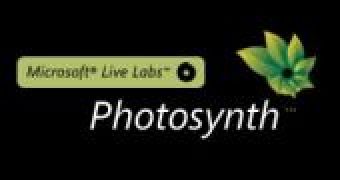Microsoft has not been shy about embracing the world’s most successful social networks with a variety of its online properties, including MSN and Windows Live, but there always seems to be room for additional such connections. Photosynth, Microsoft’s tool that allows users to transform a collection of images into a 3D navigable space, called a synth, has now been bridged with Facebook. Essentially, the service evolved so that users could easily share their synths with friends via Facebook.
“At long last Photosynth has joined the social Web. We're happy to announce a much requested feature: sharing synths to Facebook. Every synth and pano viewing page now has a ‘share to Facebook’ button,” a member of the Photosynth Team revealed. “Click it, and you'll get a wall posting that looks very much [like] those produced by every other Facebook-aware app on the Web. Welcome to 2008, Photosynth.”
The new Facebook sharing feature added to Photosynth is a part of a minor update delivered to the service on April 16th. Microsoft also resolved a number of bugs reported by end users. In March 2010, the Redmond company kicked up the service, by developing a connection between Photosynth and Microsoft Research Image Composite Editor (ICE). Using ICE and Photosynth, users can create and share multi-gigapixel panoramas. In addition, the promise from Microsoft is that, as Photosynth continues to evolve, existing synth-panoramas will be published to Bing Maps in the upcoming Bing Maps update.
“In the update we shipped today we also fixed a few serious bugs that many people had reported. The ‘x’ to delete a synth from the ‘My Photosynths’ page was sometimes missing. It's back now, so it's once again obvious how to delete one of your synths. We tweaked the presentation of ‘zoomed-in highlights.’ We made sure that we never crop any of the parts inside the box you select in the editor. Our forums had a bug whereby postings less than a day old would always show as being written ‘moments ago,’” the Photosynth Team representative added.

 14 DAY TRIAL //
14 DAY TRIAL //